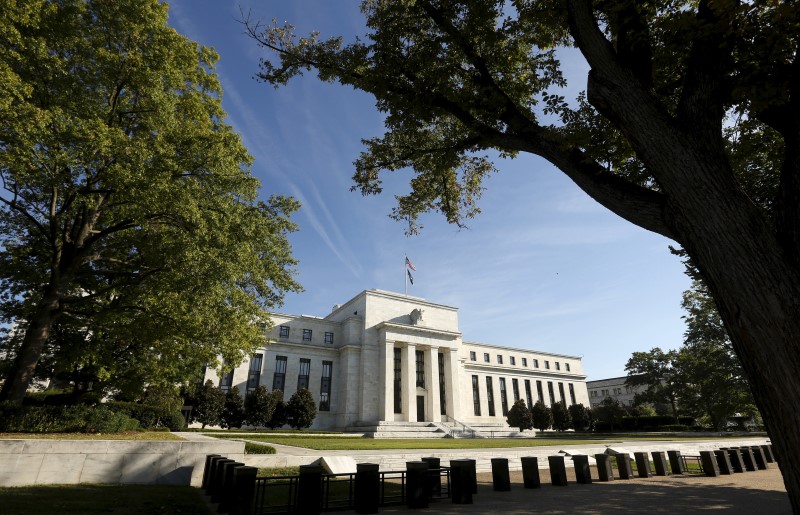(Bloomberg) -- One of the Federal Reserve’s more hawkish policymakers suggested it will need to keep raising interest rates, while two others stressed watching the impact of their tightening so far.
The remarks on Tuesday by Cleveland Fed President Loretta Mester, New York Fed chief John Williams and Richmond’s Thomas Barkin reveal ongoing internal debate over a pause on rate hikes next month.
Investors bet the Fed will hold fire at its June 13-14 meeting as policymakers assess the impact of the five percentage points of rate increases they’ve delivered in little over a year and strains in the banking sector.
Williams, who is vice chair of the policy-setting Federal Open Market Committee, didn’t spell out what he favored doing next month — but left the impression that he was comfortable with a wait-and-see approach.
“We know it takes a while for our decisions to fully affect the economy,” he told an audience at the University of the Virgin Islands in St. Thomas. “We’ve got to make our decisions and then watch what happens, get that feedback, see how the economy’s behaving.”
While officials have been strongly united on the tightening done up until this point, divisions are beginning to emerge over whether rates are now high enough for the Fed to pause its increases.
Mester, in remarks that were among the most hawkish shared by US central bankers since they met earlier in May, explicitly left the option of doing more on the table.
“At this point, based on the data I have so far, given how stubborn inflation has been, I can’t say that I’m at a level of the fed funds rate where it’s equally probable that the next move could be an increase or a decrease,” she said earlier in Dublin.
Barkin stressed he was open minded about what to do in June, while noting that he was still looking to be convinced that inflation has been defeated and he’d support further rate hikes if needed.
“I do want to learn more about what’s happening with all these lagged effects. But I also want to reduce inflation,” he said in an interview on Bloomberg Television with Michael McKee. “And if more increases are what’s necessary to do that I’m comfortable doing that.”
Policymakers raised rates by a quarter percentage point at a meeting earlier this month, bringing their benchmark to a target range of 5% to 5.25%, and signaled they may be ready to pause their tightening cycle.
Barkin, though, said officials haven’t decided what they will do at next month’s FOMC meeting.
“The message sent in the last statement was one of optionality,” he said, noting that uncertainty is high and there was a lot of data due before the next meeting, in addition to other potential headwinds for the economy.
Economic Headwinds
“You’ve got questions about the debt ceiling and what impact that might have. You’ve got questions about credit tightening and how significant that might be,” the Richmond Fed chief said.
“So I think it gives you time and optionality to say either there’s still more we need to do so let’s do more, or it’s still OK to wait and we’ll wait a bit.”
Consumer prices climbed 4.9% from a year earlier in April, the first sub-5% reading in two years. Excluding food and energy, the so-called core inflation rate also moderated.
While the Fed targets a different yardstick of annual price movements — the personal consumption expenditures gauge — all measures are running at more than double the central bank’s 2% target pace.
“There’s a plausible story that we get inflation down, due to a lot of the actions that have been taken in the past – both ours and by others,” Barkin said. “But I’m still looking to be convinced on that story and it may take more.”
©2023 Bloomberg L.P.
